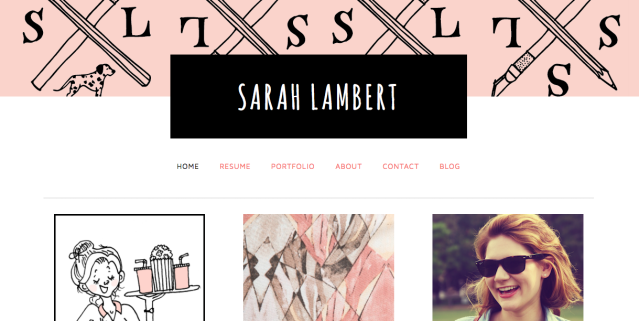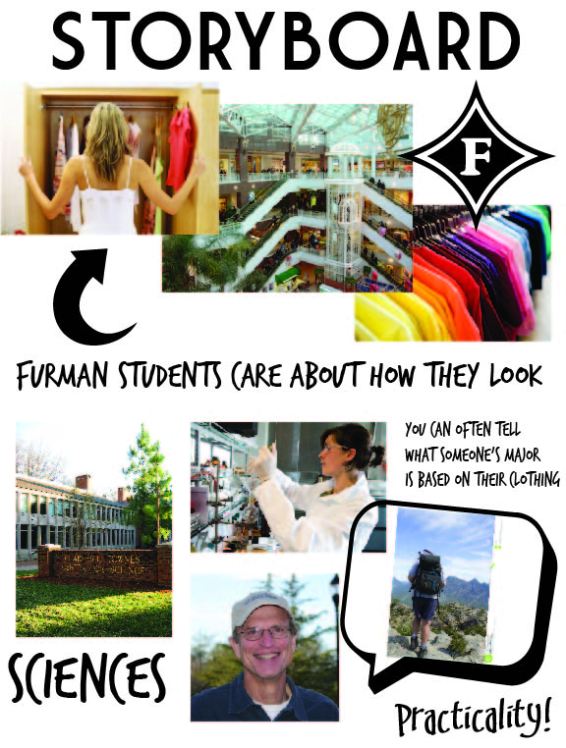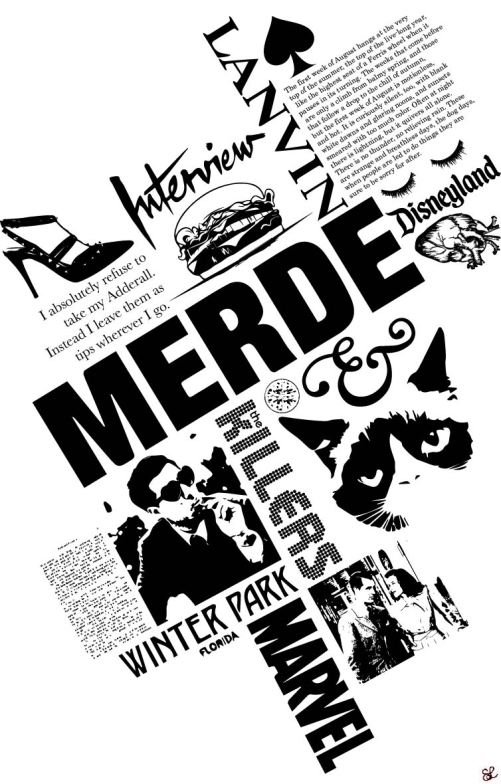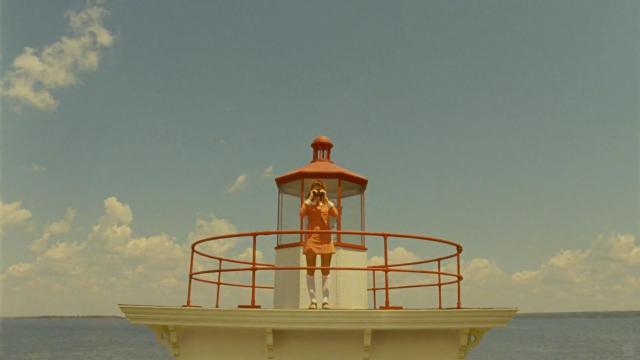
First and foremost, I would like my website to display all my creative accomplishments in an engaging and visually appealing way. I don’t have an online portfolio, save for slambertillustrates.blogspot.com, so it would be awesome if I could create a professional looking website that also displayed my writing.
I’d like my site to be somewhat interactive, but there’s something to be said for simply scrolling through a page and gathering information. I’m not a big fan of websites where tiles are turning every few seconds and the navigation is overwhelming. Simplicity is very important to me for this site.
I feel like it’s hard for me to plan in advance what I want this site to look like and accomplish. I think part of my creative process is just getting into the project and letting my creative conscience take over. Does that make sense? I have a certain design style that isn’t readily apparent to me, but it seems like all of my creative works are cohesive, so I’m confident that this website will be an extension of that.
I plan to use wix.com because it looks very user-friendly and I’ve played around with a template that I love. I’m excited to customize everything and get the ball rolling on this final project!









